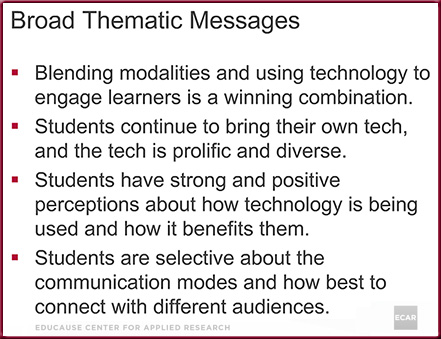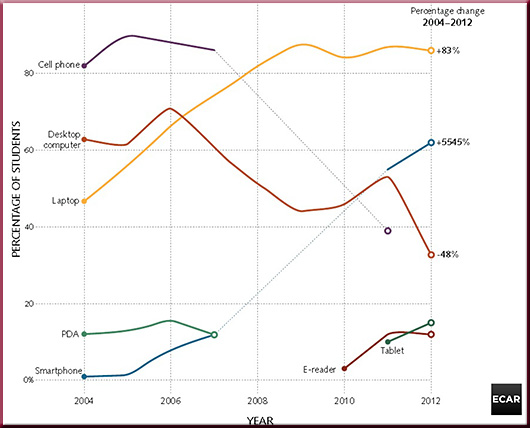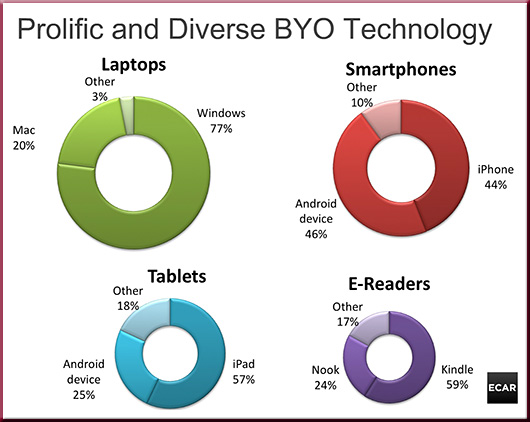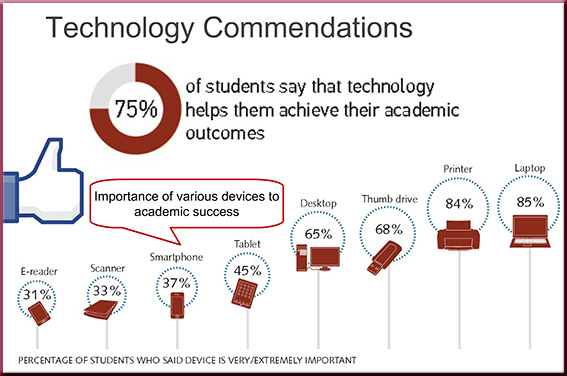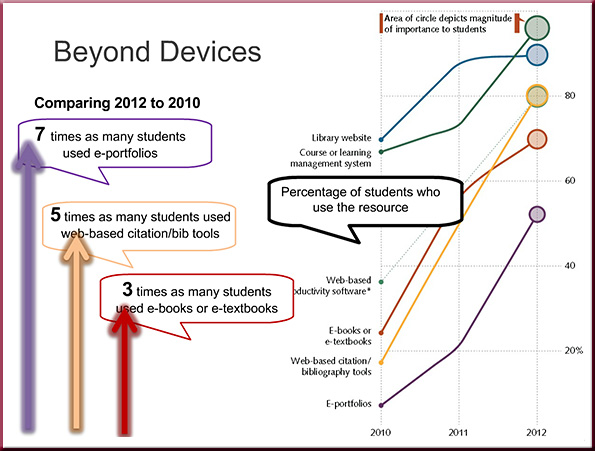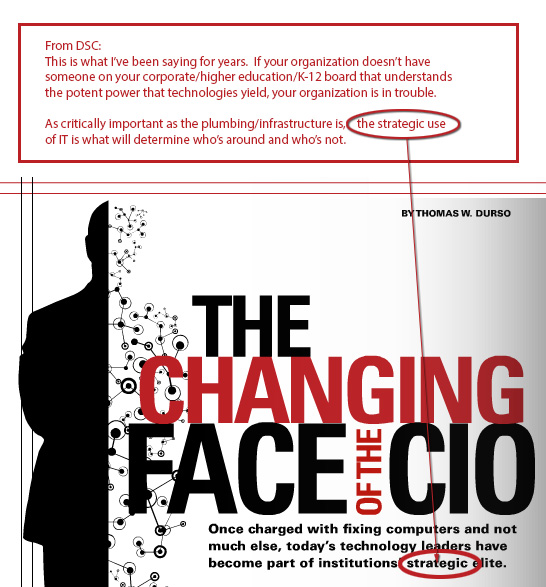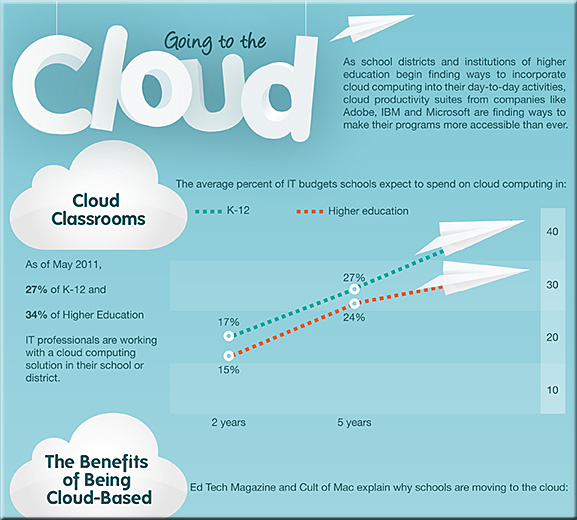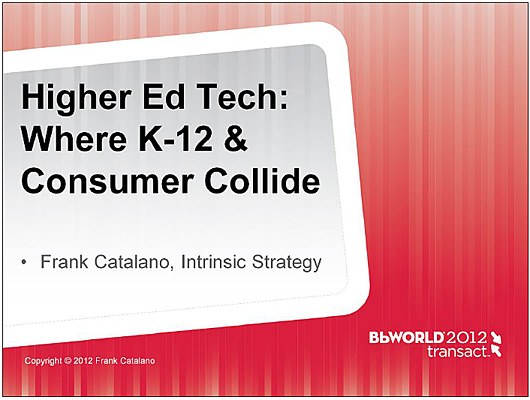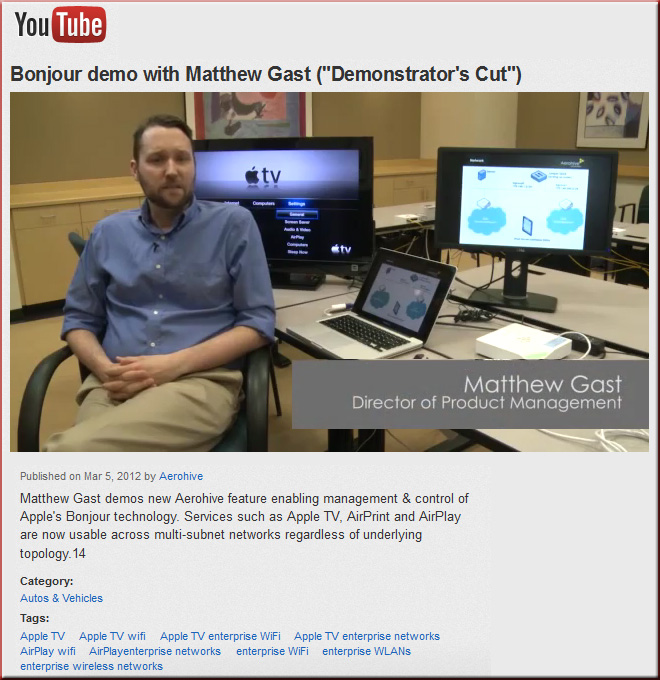15 TED talks on the future of medicine — from MedicalBillingandCoding.org
Medical Billing 101: A practical guide — from MedicalBillingandCoding.org
The ICU gets connected — from connectedworldmag.com
Excerpt:
For most of us, when we need healthcare we go to our clinic or hospital and see a doctor. But in many parts of the world, that’s not an option. In small towns located far from urban centers, especially in developing countries, the trip to see a doctor may be next to impossible. Luckily, connected technology is making it easier for patients to gain access to healthcare remotely.
In places where healthcare is a scarce resource, technology can bring it closer to people. In India, Fortis Healthcare, www.fortishealthcare.com, is partnering with GE Healthcare, www.gehealthcare.com, to create what’s known as an eICU (electronic intensive care unit). The CritiNext eICU is being deployed in 34 ICU beds in two hospitals in India.
An Alzheimer’s warning 25 years before symptoms show — from technologyreview.com by Karen Weintraub
The rise and fall of certain proteins can indicate dementia’s onset decades before the appearance of symptoms.
MacPractice announces new iPad patient registration clipboard apps — from MarketWatch.com
Excerpt:
LINCOLN, NE, Jul 12, 2012 (MARKETWIRE via COMTEX) — MacPractice, the leading Apple developer of practice management and clinical software for doctors’ offices on Macs, iPhones and iPads, today announced the launch of MacPractice MD, DDS, DC and 20/20 Clipboard iPad Apps that will streamline patient registration and leverage the efficiency and ease of use of Apple’s innovative iPad to save time and reduce the risk of data entry errors.











